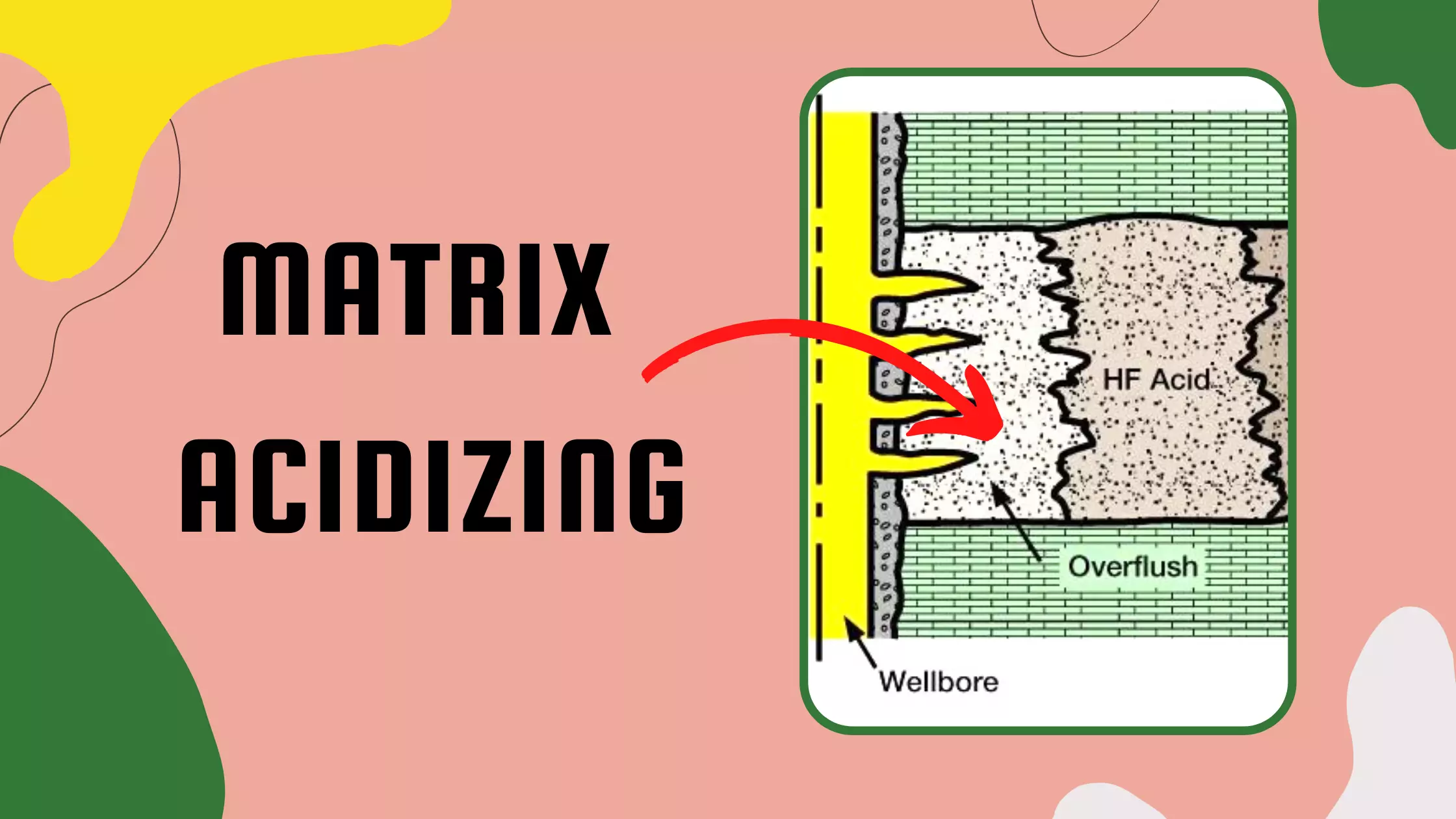Scale Problems
Prior to production, well fluids are in a natural undisturbed state. As production occurs, it creates a chemical disturbance and physical imbalance within the formation. The environment changes as a result of pressure drop, which allows dissolved gases to come out of solution.
These changes destroy the state of equilibrium, thereby creating the initial stages of scale development as the salts reestablish equilibrium under new conditions. Scale can restrict or block tubing, flowlines, surface equipment, downhole equipment, the wellbore, and perforations, and thus completely choke off production.
Scale formation is usually a long and dynamic process with more than a single cause. One direct cause of scale is the mixing of incompatible waters. Other causes include corrosion leading to iron precipitation, and abrupt drops in pressure or temperature.
Types
Scale can be divided into three broad classes, based on their solubility in water, their reaction with HCl, or their removability with HCl. The classifications are (1) watersoluble, (2) acid-soluble, and (3) acid-insoluble. These classifications are simplified, because pure calcium sulfate or pure calcium carbonate is rarely deposited. Although scale deposit is usually a mixture of one or more major inorganic components plus corrosion products, congealed oil, formation fines, paraffin, and other impurities, these classes are adequate for field analysis. Common scale deposits are listed in Table 1.
| Scale Type | Chemical Formula | Mineral Name |
|---|---|---|
| Water Soluble | NaCl | Sodium Chloride (salt) |
| Acid Soluble Deposits | ||
| Calcium Carbonate | CaCO3 | Calcite |
| Iron Carbonate | FeCO3 | Siderite |
| Iron Sulfide | FeS | Trolite |
| Iron Oxides | Fe3O4 | Magnetite |
| Fe2O3 | Hematite | |
| Magnesium Hydroxide | Mg(OH)2 | Brucite |
| Acid Insoluble Deposits | ||
| Calcium Sulfate | CaSO · 2H2O | Gypsum |
| Calcium Sulfate | CaSO4 | Anhydrite |
| Barium Sulfate | BaSO4 | Barite |
| Strontium Sulfate | SrSO4 | Celestite |
| Barium Strontium Sulfate | BaSr(SO4)2 | — |
Identification of Scale: One of the most important factors in dealing with scale is accurate identification of the material being deposited. There are two fundamental means of identifying scale: laboratory testing and fluid identification.
Laboratory Testing: The primary means of identifying scale in the laboratory are
- X-ray diffraction: This method is the fastest laboratory method available and requires the smallest sample.
- chemical analysis: The scale sample is decomposed and dissolved in chemical solution, and its various compounds are then analyzed by standard techniques of titration or precipitation.
Field Identification: The following three-step procedure can help make a preliminary field identification.
- Add scale to water. If it dissolves, it is probably sodium chloride.
- Add scale to 15% HCl.
- If it bubbles vigorously and dissolves, it is probably calcium carbonate.
- If it bubbles slowly and turns the acid yellow, it is probably iron carbonate.
- If it bubbles and smells like rotten eggs, it is iron sulfide.
- If it dissolves slowly without bubbling and turns the acid yellow, it is probably iron oxide.
- If it dissolves slowly in acid with no bubbles and does not color the acid, it may be magnesium hydroxide.
- If it does not dissolve, it is one of the acid-insoluble scales. If it is gypsum, you can scrape it or dent it; it also has the monoclinic characteristic of crystal structure. The crystals are usually fairly large.
Anhydrite is harder than gypsum and the crystals are harder to see. They are both slowly soluble in hot acid. Barium sulfate and strontium sulfate are very heavy, usually dark, with very fine crystals of almost any color.
Sand or silicates (formation) may often be identified by its grain structure but may look much like the above. It is lighter in weight than barium or strontium sulfate.
 Petro Shine The Place for Oil and Gas Professionals.
Petro Shine The Place for Oil and Gas Professionals.



